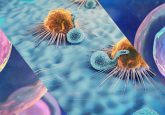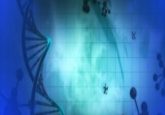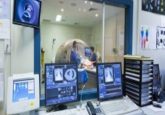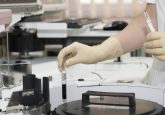Highlights from the field of biomarkers in prostate cancer
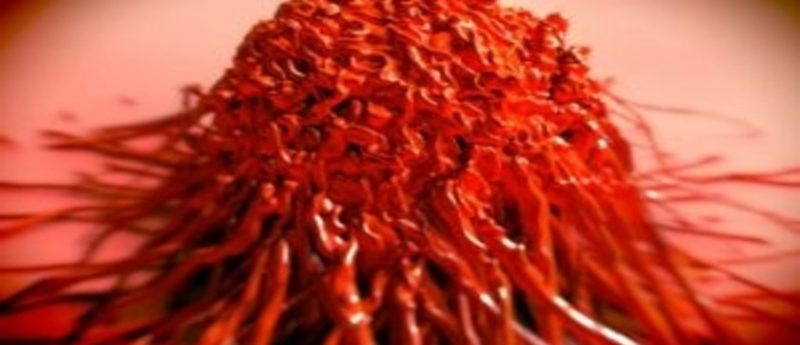
Molecular changes in tissue adjacent to prostate cancer: a possible ‘carcinogenic filed effect’
Evaluation of: Crea F, Watahiki A, Quagliata L et al. Identification of a long non-coding RNA as a novel biomarker and potential therapeutic target for metastatic prostate cancer. Oncotarget 15(3), 764–774 (2014).
Most transcribed RNAs are not translated so protein encoding genes account for a small percentage of all RNAs. The noncoding transcripts include ribosomal, transfer and microRNAs. A number of miRNAs have been proposed as potential biomarkers of PCa [1].
lncRNA transcripts longer than 200 base pairs have not been extensively evaluated, but have been associated with dysregulated expression in malignant cells. Some have purported tissue specificity: PCGEM1 and the better known PCA3. The latter has been extensively evaluated as a diagnostic test for PCa and also potentially an indicator of disease volume. PCA3 has not been able to distinguish between aggressive and indolent disease.
Moleculer dsyregulation of TMPRSS2-ERG, PCA3 & SPINK1 in prostate tissue adjacent to cancer
Evaluation of: Väänänen RM, Lilja H, Kauko L et al. Cancer-associated changes in the expression of TMPRSS2–ERG, PCA3, and SPINK1 in histologically benign tissue from cancerous vs noncancerous prostatectomy specimens. Urology 3(2), 511.e1–e7 (2014).
TMPRSS2–ERG fusion has been proposed as a cancer-specific marker. It is present in approximately 40–70% of PCa cases, and its presence has been controversial in terms of truly reflecting disease activity, aggression etc. Furthermore, previous reports have indicated that the same fusion may be seen in histologically normal tissue in the vicinity of PCa foci. Overexpression of the SPINK1 gene, encoding a serine peptidase and previously associated with pancreatic cancer, was reported in cancers lacking TMPRSS2–ERG fusion. This study examined tissue from men with PCa, BPH and also prostate glands taken during the course of cystoprostatectomy for bladder cancer.
Click here to view full article.
